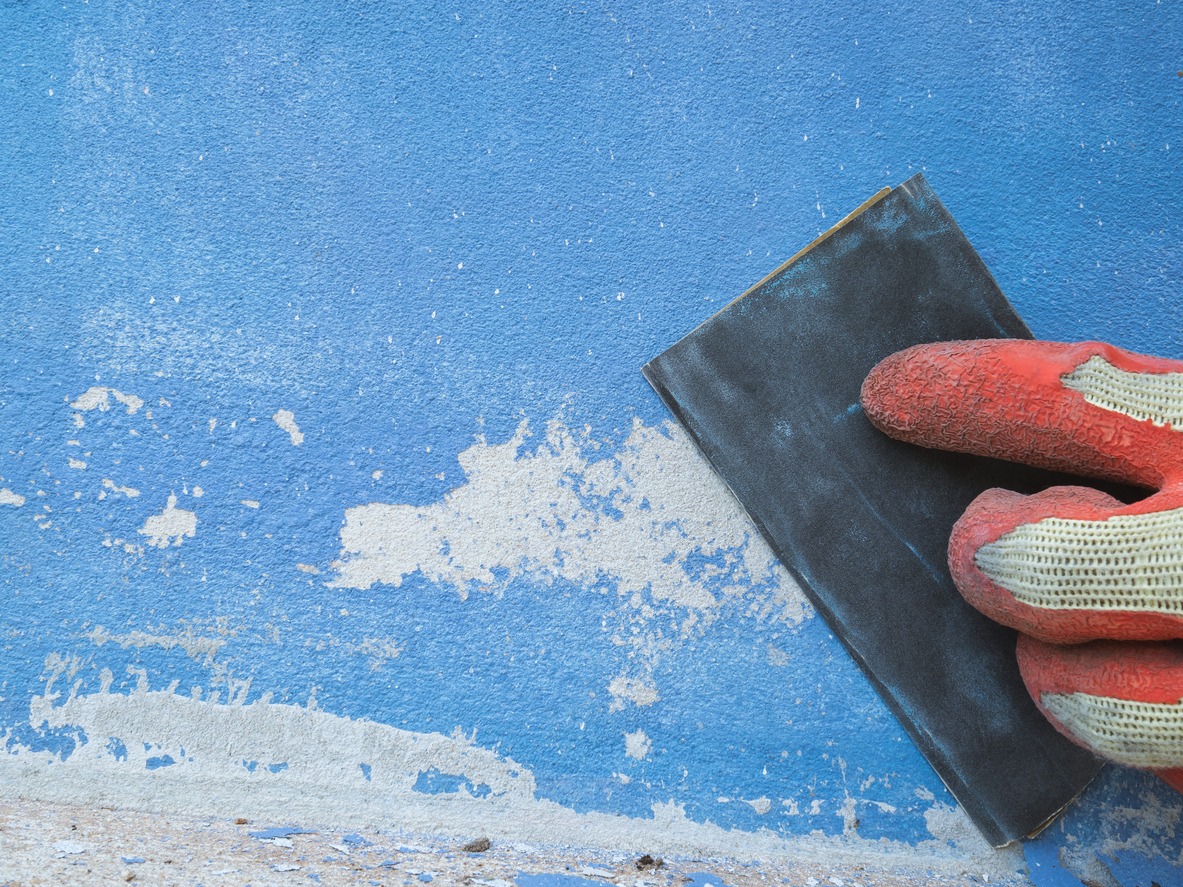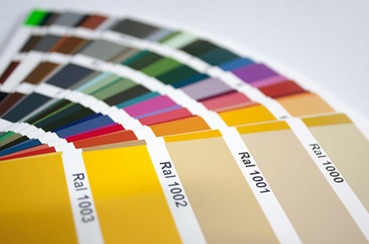
When it comes to house painting in Danville, particularly for exteriors, the adage “well begun is half done” rings especially true. A flawless paint finish is not just about the quality of the paint or the skill in application because it begins much earlier, with the preparation of your home’s exterior. This is an important step that is often overlooked, yet it is the foundation upon which the durability and aesthetic appeal of your paint job rests.
This article aims to guide you through the essential steps of preparing your home’s exterior surface before you embark on your painting journey. Whether you’re a seasoned DIY enthusiast or a first-timer, these tips will ensure that your house not only looks rejuvenated but also enjoys a lasting vibrancy, standing up to the elements and the test of time. Let’s dive into the process of transforming your home’s facade with effective preparation techniques for a stunning paint job in Danville, CA.
Important Steps in Preparing Your Home’s Exterior
Preparing your home’s exterior for new paint is a critical process that involves several key steps. These steps ensure that the paint adheres properly, lasts longer, and looks its best. Here are the important steps in preparing your home’s exterior for new paint:
Inspection of the Exterior
Look for signs of damage, such as cracks, rot, mildew, or peeling paint. Inspect wood trim, siding, and other surfaces for issues. Note areas that need repair before painting can commence.
Cleaning the Surface
Use a pressure washer or a hose with a brush attachment to thoroughly clean the walls. Be cautious with pressure washers to avoid damage to wood or other fragile materials. If there are signs of mildew or mold, treat these areas with a solution of bleach and water or a specialized cleaner.
Repairing Damages
Use appropriate fillers or caulks to repair cracks and holes in the exterior surface. If there is any severely damaged or rotted wood, it should be replaced before painting.
Sanding and Scraping
Scrape off peeling or flaking paint and sand the surface to create a smooth base for new paint. Ensure that edges, where old paint meets bare wood, are sanded smoothly to avoid noticeable transitions.
Caulking and Sealing
Caulk gaps around windows, doors, and joints to prevent moisture penetration and ensure a uniform appearance after painting. Replace or repair any old, cracked caulking.
Priming the Surface
Use a high-quality primer suited for your home’s exterior material. Priming is essential for better paint adhesion and for covering stains or dark colors.
Protecting Surrounding Areas
Use drop cloths or plastic sheeting to protect plants, walkways, and other areas from paint drips and spills. Mask off areas that are not to be painted, such as windows, doors, and light fixtures.
Choosing the Right Paint and Tools
Selecting the appropriate paint and tools is a crucial step in ensuring the success of your home’s exterior painting project. The right choices can significantly affect the ease of application, the quality of the finish, and the longevity of the paint job. Here’s a guide to help you make informed decisions:
Types of Exterior Paint
- Water-Based vs. Oil-Based: Water-based (latex) paints are popular for their ease of use and quick drying time, while oil-based (alkyd) paints are known for their durability and smoother finish.
- Acrylic Latex Paint: Often recommended for exterior use due to its flexibility, ease of cleaning, and resistance to the elements.
- Specialized Paints: Consider paints that are formulated for specific conditions, such as mold resistance in damp climates or UV protection in areas with high sun exposure.
Paint Quality
- High-Quality Paints: Invest in high-quality paints for better coverage, color retention, and durability. They might be more expensive upfront, but they can save money in the long run with fewer touch-ups and a longer lifespan.
- Pigment and Binder Quality: Look for paints with high-quality pigments and binders, as they contribute to the paint’s overall performance and appearance.
Choosing the Right Color
- Color Samples: Test paint colors with samples before committing, as colors can look different outdoors and in varying light conditions.
- Consider the Surroundings: Think about how the paint color will complement the landscape and other architectural elements of your home and neighborhood.
Selecting the Right Tools
- Brushes: High-quality brushes with synthetic bristles are ideal for water-based paint, while natural bristles work best for oil-based paint. Choose the right size and shape for the surfaces you’ll be painting.
- Rollers: Use rollers for larger flat surfaces. Select the appropriate nap length based on the texture of your exterior surfaces.
- Sprayers: Paint sprayers can be a time-saving option for large areas, but they require more skill and preparation to avoid overspray.
Additional Supplies
- Drop Cloths: Protect landscaping and surfaces from drips and spills.
- Painter’s Tape: Use for masking off windows, doors, and trims.
- Ladders and Scaffolding: Ensure you have safe and appropriate height access for your home’s exterior.
Safety Precautions
When undertaking an exterior house painting project, prioritizing safety is essential. Painting, especially outdoors, involves risks that can be mitigated with proper precautions and the use of appropriate safety equipment. Here are key safety measures to consider:
1. Ladder Safety
- Stable Placement: Ensure that ladders are placed on stable, level ground. Avoid using them on uneven surfaces or soft ground where they can sink or shift.
- Secure Positioning: Use ladder stabilizers or standoffs to secure the ladder and prevent it from sliding or tipping.
- Correct Angle and Height: Position ladders at the correct angle (about 75 degrees) and ensure they are tall enough to reach work areas safely without overstretching.
2. Fall Prevention
- Avoid Overreaching: Never lean too far to the sides while on a ladder. Keep your waist between the ladder rails.
- Proper Footwear: Wear non-slip shoes or boots to reduce the risk of slips and falls.
3. Personal Protective Equipment (PPE)
- Eye Protection: Wear safety goggles or glasses to protect your eyes from paint splatters and debris.
- Respiratory Protection: Use masks or respirators, especially when sanding or if using sprayers, to avoid inhaling dust and fumes.
- Skin Protection: Wear gloves and long-sleeve shirts to protect your skin from irritants and chemicals in paint.
4. Handling Paint and Chemicals
- Proper Ventilation: Ensure good ventilation when working, particularly if using oil-based paints or solvents.
- Safe Storage: Store paint and chemicals away from heat sources and out of reach of children and pets.
- Disposal of Waste: Follow local regulations for the disposal of paint and chemical waste.
5. Electrical Safety
- Awareness of Power Lines: Be cautious of overhead power lines when positioning ladders or using long tools.
- Avoiding Water: Keep electrical equipment like pressure washers away from water sources to prevent electrocution.
6. Sun Exposure and Hydration
- Sun Protection: Use sunscreen and wear hats to protect against sunburn when working in direct sunlight.
- Stay Hydrated: Drink plenty of water to avoid dehydration, especially in hot weather.
7. Equipment Use
- Read Instructions: Always read and follow the manufacturer’s instructions for any equipment you use.
- Regular Inspections: Check the condition of your tools and equipment regularly, especially ladders, for any signs of wear or damage.
Conclusion
House painting, while seemingly straightforward, often involves more complexity than initially meets the eye. However, the process need not be overly daunting. Indeed, painting the exterior of a house typically demands more labor and time compared to interior projects, largely due to the scale and exposure to elements. Yet, with the right approach, this task can be smoothly navigated.
By carefully selecting high-quality products and rigorously adhering to thorough cleaning and preparation guidelines, you can ensure a successful outcome. A well-executed house painting in Danville will not only rejuvenate your home’s appearance, making it look refreshed and vibrant but also provide lasting protection and aesthetic appeal for years to come.



